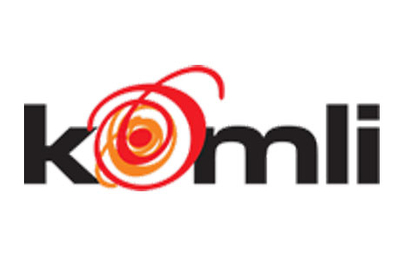
Real Time Bidding, or RTB, is sure to be one of the most frequently used online advertising buzzwords of the coming years. In the past, many global digital advertising experts have argued that the emerging platform is going to fundamentally change the course of online advertising as we know it as the benefits will provide to all players in the ecosystem—the publisher, the user, and the advertiser.
1. Real-time bidding allows advertisers to reach the right user, in the right place, at the right time—and assign an individual value to a particular ad impression. In India, online ad network Komli Media has launched a Real Time Bidding enabled performance ad platform - ‘Atom’, which it claims would be India’s first, and the largest by reach in Asia. According to a statement from Komli at the time of its launch, the platform will enable media buyers to evaluate, bid on and purchase online ad inventory on an impression by impression basis, thereby reaching the precise audience segment.
2. Noting that Indian advertisers have started adopting the platform and optimising spends on the medium, Ranjeev Vij, vice president and head, BBDO Proximity, said, “If you look at global trend of RTB, is increasingly replacing the buying model of yesterday, one that relied on manual, time- and labour-intensive buying, optimisation, and management; strong negotiation skills; and one-to-one, relationship-based decision-making. Advertisers will be adopting the platform. However the model is not without its challenges today, hampering further buyer adoption and investment. Publishers are a little speculative in their experimenting with RTB as they think it might result in losing control of their website which in my mind is short sightedness. They can realise untapped RTB potential by refining their strategies.”
3. Increased price transparency, placement transparency and performance transparency are some of the potential advantages of adopting this platform. Anita Nayyar, chief executive officer, Havas Media South Asia, feels that since digital agencies are the primary users of the platform, it will take time for major benefits to the advertisers.
“Advertisers no longer have to cede control of their campaigns allowing them to make deliberate, strategic, repeatable decisions and not depend on the media partners as they’ve often had to do in the past. Till now impressions were packaged together in groups of 1,000 and sold at flat CPMs, effectively forcing buyers to take the less desirable impressions along with the more desirable ones. RTB gives buyers ‘the power of number’ by allowing them to purchase on an impression-by-impression basis, and completely pass on impressions that do not meet their own specific criteria. RTB will introduce significant operational efficiencies in the long term, saving agencies and their client’s money as well as providing them actionable insights,” explained Vij.
4. “Moreover, there are always advantages and disadvantages of a platform like this. For example, there could be a distress sale and hence the advertiser or the online media agency could gain from a better rate or there could be a major loss for the advertiser by paying a premium,” Nayyar added.
Vij feels that in such a rapidly evolving ecosystem, standardisation — of definitions, processes, information-sharing, and more — hasn’t yet happened. “Though the exchanges give you full access, there are a bunch of steps you need to take when you on-board a new supply partner to make sure they are showing you everything. There are usually some hiccups that take a few weeks to work out.”
Industry experts feel that quality remain a challenge. Poor-quality inventory like blogs, user generated content, piracy, etc are hampering the growth. “Brand marketers looking to connect with consumers by delivering rich interactive or emotional experiences are limited by the narrow range of sizes and formats available in the RTB and exchange environments. Most brand campaigns are large rich media placements. RTB is used for smaller units where you want to target a specific audience,” added Vij.
What it means for…
Advertisers
- Increased price transparency, placement transparency and performance transparency
- Purchase on an impression-by-impression basis,
Publishers
- Significantly improved value per impression
- Overall eCPM (cost per thousand) increase
-
Greater brand control


.jpg&h=334&w=500&q=100&v=20250320&c=1)

.jpg&h=334&w=500&q=100&v=20250320&c=1)
.jpg&h=334&w=500&q=100&v=20250320&c=1)
.jpg&h=334&w=500&q=100&v=20250320&c=1)











.jpg&h=268&w=401&q=100&v=20250320&c=1)
.jpg&h=268&w=401&q=100&v=20250320&c=1)
